Children need to engage in creative play to grow and develop. Children can grow socially, intellectually, emotionally, and grow physically through imaginative, creative play for kids. Children learn these skills through creative experiences and these can help them to express their thoughts, feelings, and ideas. Creativity contributes to children’s development. Getting creative doesn’t have to be stressful or take a lot of time. Over-structuring undermines creativity. Every step toward achieving a child’s potential is a significant milestone toward happiness and growth.
What is a creative play?
Throughout their childhood, children engage in creative play, and there are numerous ways you can encourage this activity at home. When given the opportunity, all children love to be creative, whether drawing, painting, cutting, pasting, modelling, making or making up stories. The benefits of creative play are so numerous; so why wouldn’t you want to encourage it?
Don’t miss: What do children learn in nursery?
Examples of creative activities?
what is creative play examples? We have some great creative play examples in our section of creative arts and crafts. The majority of these ideas are semi-structured play, where you set up an environment for learning and then let your child explore it at their own pace. Or you can find a nursery in Dubai that their nursery facilities prepare an enabling environment for your children.
Creative activities for children
Arts and crafts as creative activities
Your child’s creative development can be stimulated by everything and anything. For example:
- Your child can make a house, robot, truck, animal or anything you want with an empty cardboard box. It can be painted or decorated with craft materials.
- Make people with small plastic juice bottles or empty kitchen or toilet rolls. Put paper clothes on, draw faces on them, and use cotton wool for hair. Your child can create stories with these new toys.
- Take a nature walk to find natural materials for making art. Collect fallen leaves in autumn and use them as a paintbrush, for drawing, or to paste onto paper.
- To create jewellery, use small plastic lids, patty pans, and other thin materials.
- Create a ‘busy box’ filled with items like string, wrapping paper scraps, patty pans, paddle pop sticks, stickers, and straws so your child can make anything she wants.
- Learn how your preschooler can make digital art using apps or games. There are many apps that let you draw or arrange photos into collages, for instance.
Extend this further by making a home art gallery for your child’s artwork. Kitchen walls and pinboards are ideal for displaying pictures and paintings. If your child is old enough, you could ask him or her to choose one special painting each week to be framed in the gallery. By doing this, you are showing your child that you value their work.
Drama as a creative activity
It’s no secret that preschoolers love dramatic play. Try these ideas with your child:
- Put old clothes into a dress-up bag or box instead of throwing them away. You can also find interesting and cheap clothes and props at op-shops.
- Put on puppet shows with puppets. You can make simple puppets easily. Create a puppet theatre with a cardboard box.
- Drama, song, and movement can be used to act out things from everyday life. Your child might like doctors, shopkeepers, firefighters, or even mothers or fathers.
- Encourage your child to perform roles from a story with sounds or movements during story time. Using ‘Where the Wild Things Are’ as an example, your child could portray one of the monsters.
- You can record your preschooler playing. Use a movie-making app to make him a special video that he can share with family and friends.
Dance, music, and movement are creative activities.
Playing with your child can often include music, movement, and dance:
- Make your child a drum kit out of a saucepan, a saucepan lid, and a wooden spoon.
- Take a look at short clips of animals moving in the wild. Your child might enjoy copying the movements and sounds they make.
- Adapt your instrumentation to match the movement of animals. Use a shaker in a manner similar to an elephant plodding or a monkey that is excitedly bouncing.
- Walk, roll, stamp, hop, slide, and twirl with your child. Play your child’s favourite music to get them moving and thinking of new actions.
- Use songs, chants, and rhymes that will help your child develop a sense of rhythm, such as “Itsy Bitsy Spider“, “Heads and Shoulders“, and “Five Cheeky Monkeys.”
- You can listen for steady beats, like the ticking of a clock or the drip of a tap. Clap, tap, march, or bang to the beat and encourage your child to do so.
Leave a comment to share another brilliant example with us if you have one!
How Do I Choose the Right Tools for A Creative Play for My Kids?
We are surrounded by opportunities for creative and imaginative play. There are many simple things that we overlook that may seem complicated to a child. Almost every day, you see children turning over leaves to look at the details. The introduction of simple things develops emotional, cognitive, and fine motor skills. Enjoy making games, telling stories, or just having fun with these household items below:
- Sponges
- Paper
- Cardboard and boxes
- The tape
- A paintbrush
- Pencils, markers, or crayons
- Molding materials such as clay
For knowing Some Tips for Easy Transition in the best nursery in Dubai, we suggest reading the article:
Benefits of creative play
In this part, we will describe how creativity and imagination are important for the development of a child.
Development of emotional intelligence:
By integrating feelings with tasks, creative play promotes social and emotional development. Make your child express how they are feeling by painting, drawing, or telling a story. When children can’t communicate verbally, these types of activities help them to express their feelings. Over time, children will learn how to express their feelings safely and creatively, helping them to integrate into social settings and begin to regulate their behaviour.
( Don’t miss: the Benefits of role play article. )
Development of social relations:
To describe how creativity and imagination are important for the development of a child, we can say that by playing with and interacting with their peers, children can support children to grow and develop their social skills. Children can grow their communication and social interaction skills through singing, dancing, dress-up, and other forms of imaginative play.
- Development of intellectual property:
Problem-solving skills can be learned through creative play. The act of reading, for example, allows children to express their imaginations and discover a world outside their own, improving both their cognitive and intellectual abilities. Reading comprehension and retention are also built on this foundation, as is solving more complex problems as children grow.
- Development of the physical body:
Creative play helps to develop gross and fine motor skills, coordination, and control in children, whether they’re dancing to their own beat or exploring the great outdoors. As fine motor skills are developed, hand-eye coordination and muscle memory improve. Having the opportunity to participate in creative play opportunities will enable children to develop these skills as well as give them a chance to explore and learn about the world around them. Kid-focused activities like The Little Dreamers Nursery can be another great option for busy families providing age-appropriate programs available after school, on weekends, and even when school is not in session.
How Reading Books for Kids Helps to Make them More Creative?
Creative play for kids helps children develop problem-solving skills. By reading with your child and encouraging him/her to read independently, your child will have the opportunity to explore a world outside of his/her own, as well as to make connections between his/her own world and the world of the books, which will improve their cognitive and intellectual skills. As children grow and develop, reading to them early on builds their reading comprehension and retention, in addition to their ability to solve more complex problems.
The role of parents in creative play
It is important for parents to play with their children. However, child-driven play allows the child to develop decision-making skills and encourages independence. When a child grows up, he or she will discover his or her own areas of interest. Children gain confidence and competencies through creative play, providing them with the resilience they will need to overcome future challenges.
In a playtime dominated by adults, children will follow the rules and concerns of adults. Children who stop spending time on creative play lose out on developing creativity, leadership skills, and group skills, according to The American Academy of Pediatrics. When parents observe their children or play with them, they can see the world through the eyes of their children, which will help them communicate more effectively with their children. Playing with children helps children see that their parents are paying attention to them and contributes to the building of meaningful and lasting relationships.
Ensure that your child has the opportunity to play
A child with enough time can come up with a lot of creative activities. Stand back and give your child a lot of time and space to explore the world around him or herself when engaging your child in activities. Child development relies heavily on imaginative and creative play.
How does creative play support learning and development?
Wondering how does creative play support learning and development? As a child grows, so does their ability to express themselves creatively. Children can grow emotionally, socially, academically, and physically, via creative and imaginative play. A child’s ability to express their thoughts, feelings, and ideas grow, due to creative activities. A child’s growth is enhanced when they are exposed to creative chances. Creative play benefits growth, by creating opportunities for trying out new ideas, ways of thinking and problem solving. What is creative development in child development? Keep reading to learn.
Read more: The Importance of Teaching Children Problem-Solving Skills
What are the necessary tools?
How does creative play help a child’s development? All around us, we can find inspiration for creative and imaginative play. The introduction of basic items fosters the development of children’s emotional, cognitive, and fine motor skill sets. Try making games, telling stories, or having fun with some household things, such as:
- Sponges
- Paper
- Boxes and cardboard
- Tape
- Paint
- Mark making tools such as pencils and crayons
- Clay
When it comes to learning, what are the advantages of engaging in creative play? how does creative play support learning and development?
Let’s see how creative play supports learning and development. Your child will learn many valuable life skills, by doing messy creative things at home, as well as at their nursery/school. When your child appreciates the creative process, they’ll be more likely to be creative in all aspects of their lives. Creative problem solving and creative thinking is developed through fun activities!
When your child engages in creative play, they will obtain lots of amazing abilities and skills! Let’s find out Why is creative play important for child development?
- Emotional Growth: Through integrating feelings and tasks, creative play fosters social and emotional development. Encourage your child to express themselves creatively via painting, drawing, or writing. Children, who may not be able to express themselves verbally, benefit greatly from these types of activities. With practice, this benefits the child’s Personal, Social and Emotional Development.
- Social Development: When children are allowed to play and engage with their classmates, they can grow and develop socially. Children’s basic communication and social interaction abilities can be enhanced through imaginative play such as singing, dancing, and dressing up. Communication in child development is very important.
- Intellectual Development: Children’s intellectual development can be aided by allowing them to engage in imaginative play. Imaginative play lets the children use their imaginations, while also expanding their knowledge. Reading has been shown to aid children’s intellectual and cognitive development. This also serves as the foundation for reading comprehension and memory and lays the stage for tackling more complicated problems as they progress.
- Physical Development: Allowing your children to express themselves via creative play, will develop gross and fine motor abilities, coordination, and control. Hand-eye coordination and muscle memory are aided by developing fine motor abilities, where repetition helps. Physical development activities are very important.
( Don’t miss: the importance of role play article. )
Bottom Line
Now you know how does creative play support learning and development. To help with child development skills and learn about the world, children must have access to various creative play options. Our nursery in Dubai offers age-appropriate programmes after school, on weekends, and even when school is not in session; it is a terrific choice for busy families.
The Little Dreamers Nursery, a British nursery in Dubai invites parents to visit and experience the warmth and magic first hand through a nursery tour, we can then support you in completing the next steps for enrolment after checking out the curriculum and enrollment as follows:
- Nursery Tour
- Application Submission
- Tuition Fee, Documentation, and Enrollment
Book a Tour Now
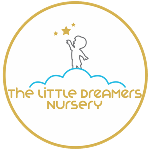
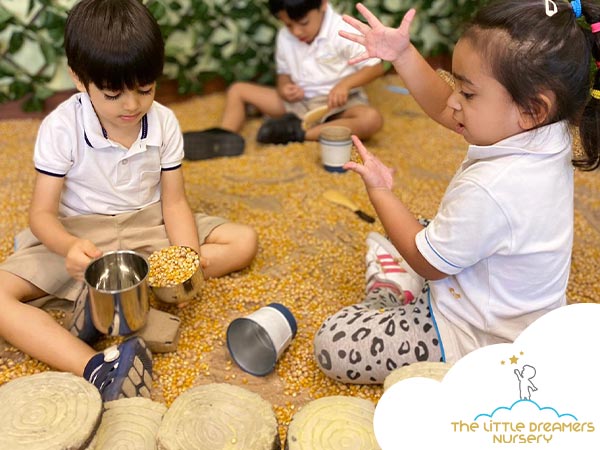
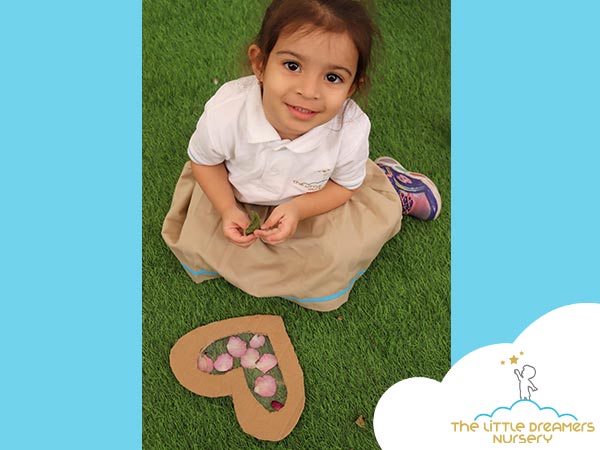
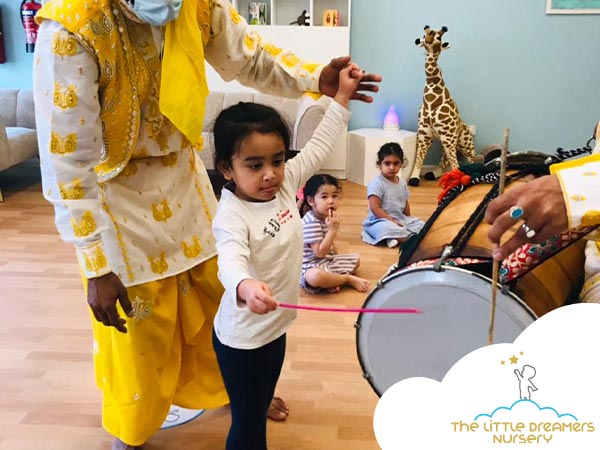


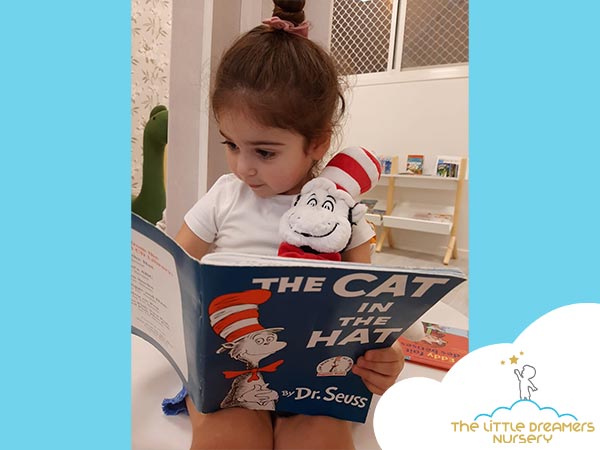

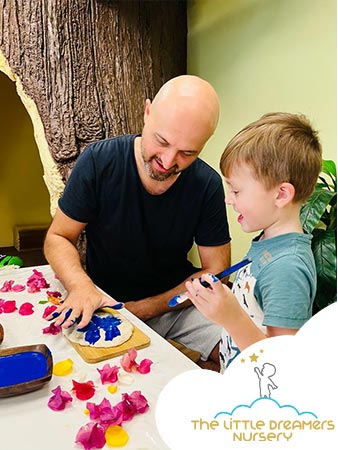







excellent post thank you
Thanks for sharing the importance of reading and how this helps children improve their reading comprehension and retention skills. If so, then I’ll encourage my sister’s reading by getting her a dollhouse. It might not seem connected, but my little sister loves reading to her dolls like they were her kids.
This article is a treasure trove of ideas and insights! It beautifully shows how creative play nurtures every part of a child’s development emotional, social, intellectual, and physical. Loved the practical examples and the reminder that imagination starts with simple things.